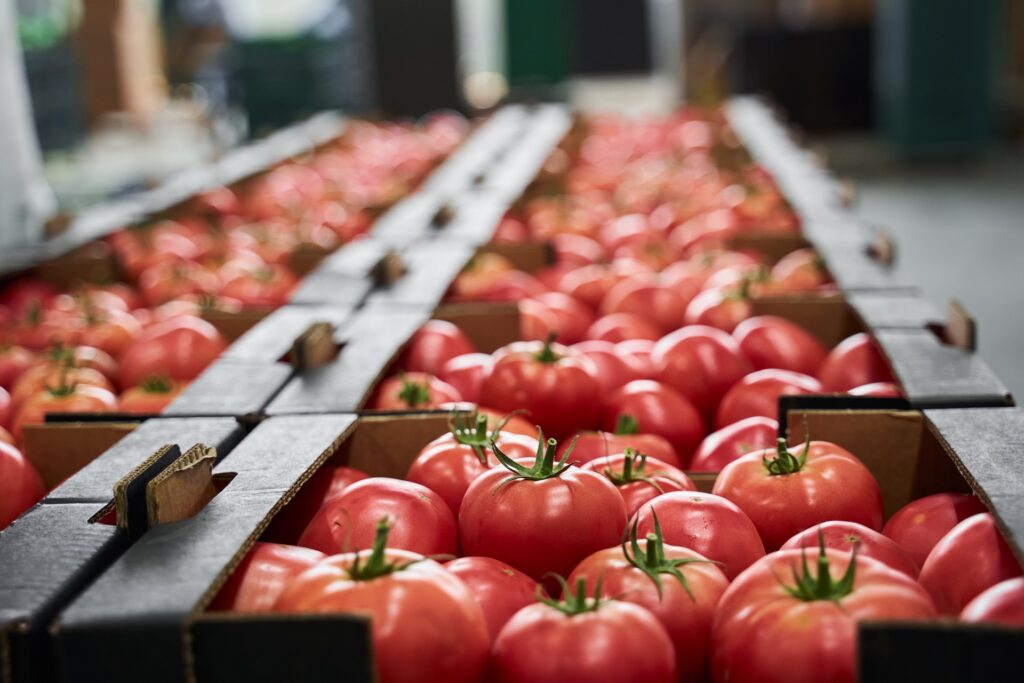In this blog, we are going to discuss the basic concepts of sensory evaluation of foods by reviewing web inquiries and headings on the subject. In the last few years, we have noticed a greater interest in sensory evaluation. According to Ruiz-Capillas et al (2021), “efforts have been put into developing new methodologies for sensory characterization of food with the aim of gaining speed and simplicity in relation to the traditional ones.” These new methods support innovation, product development as well as marketing campaigns.
Let’s review common web searches by reviewing subheadings and keywords associated with the sensory analysis of food and beverages.
Why Do Sensory Testing?
In industry, sensory testing is critical for quality control and during the product development phase. Sensory evaluation is a scientific discipline used to evoke, measure, analyze, and interpret reactions to characteristics of food material perceived by the senses of sight, smell, taste, touch, and hearing. It’s particularly important when assessing the attributes of complex beverages and foods (such as wine, coffee, chocolate, dairy-free beverages, or meat substitutes).
It’s also very important in the cosmetics and perfume industry. Mass-produced foods and cosmetics with a complex sensory profile cannot always be tested using instrumental methods to validate their quality or consumer acceptance. One must therefore use a human panel of assessors to evaluate the product.
Moreover, the field of sensory testing has evolved greatly in the last decades with the advent of new quantitative methods. Sensory testing can generate better product and consumer insights to ensure market success. One way that the methods have evolved is in the use of temporal sensory measurements. Measuring the sensory characteristics of food and cosmetics over time can provide insights regarding desirable descriptors that will provide a competitive advantage.
For instance, a branded perfume may last longer on the skin, a sparkling wine may hold its fizz longer, gustative properties will remain strong when the product is heated or cooled, etc. With fast and novel sensory techniques that are technologically-enabled, small and medium companies can easily deploy sensory tests and gain better control of their products and marketing.
 How Do You Perform Sensory Testing?
How Do You Perform Sensory Testing?
Sensory testing requires training on sensory methods and practices. The sensory panel coordinator must be able to collect sensory data and be familiar with data analysis and graphing techniques. New generations of sensory software make it possible to quickly input sensory information and obtain results immediately without extensive knowledge of statistics and Design of Experiments (DOE). The sensory evaluation professional must still have clear sensory objectives, be able to set up a test and interpret the data once analyzed and graphed.
The goals of sensory testing may be to:
- Identify a difference in the overall sensory profile between two lots of products sharing the same quality specifications. This is useful when sourcing raw materials that may vary in sensory profile. The goal of the product formulation team is to ensure consistent specifications in the finished product.Discrimination tests can be used when validating product shelf life or to demonstrate that a change in the manufacturing process will not lead to a noticeable difference in product taste, aroma or texture. Quality control teams rely on sensory tests to validate product claims. For instance, coffee or chocolate from designated origins may confer to the product properties sought by customers. These claims can be backed up using science and sensory testing.
- Another objective of the R&D team may be to match a sensory profile. In this case, sensory profiling methods will be employed which focus on identifying and measuring key sensory descriptors. These sensory attributes may be positive or negative and may impact consumer acceptance. These sensory techniques are more complex because assessors must be familiar with the product sensory space. In the wine industry, for instance, faults and defects result in lost sales. As a result, sommeliers and other wine experts assess the quality of wine. In the food and cosmetics industry, trained experts sit on sensory evaluation panels.
- Finally, one last goal of the industry may be to conduct consumer tests to ensure that new products have a chance in the marketplace. This activity is often conducted in large companies that have the budget to conduct sensory studies. These hedonic tests provide insights on product acceptance and are a way to perform sensory benchmarking. These consumer tests can also be smaller in scope and performed in-house using company employees who are interested in participating in sensory testing. In this case, assessors share their own sensory preferences and don’t require sensory training the way experts do.
How Do You Make Sure Sensory Testing Is Fair?
This is a common question in the field of sensory analysis. The robustness of a sensory test depends on the number of assessors used for a test. Typically, a minimum of 7 to 10 assessors is recommended to obtain accurate results for tests other than consumer tests. The panel coordinator must also review the performance of individual panellists against the overall performance of the panel.
The second important criterion is to ensure that tests are statistically significant, which is to say that observed differences between products are real and not due to chance. When using a novel sensory software, algorithms check data normality prior to applying the right statistical treatment, making it efficient for the sensory professional to analyze raw data.
Normal standardization of data can be evaluated by Khi2 and other tests. If the data distribution for a sensory attribute is validated, then a Student test is generally conducted to compare two means. If the tests include multiple products, an ANOVA is undertaken. If the data distribution for a sensory descriptor is not following a bell curve, then a different test is used such as the Willcoxon test (ABT Informatique, 2021). For more information on the power of statistical tests, refer to the Sensory Analysis Questions page of ABT Informatique.
 What Is Quantitative Sensory Testing?
What Is Quantitative Sensory Testing?
When applied to foods or cosmetics, sensory evaluation can be qualitative or quantitative. Traditionally, sensory testing involved the scorecard assessment of food products by a few experts. The goal of this traditional and qualitative method was to assign an overall quality score, or grade based on a designated list of defects. This method enjoyed wide use to evaluate wine and other staples of the diet such as dairy products.
According to the Society of Sensory Professionals, “Quantitative Descriptive Analysis” (QDA) is one of the main descriptive analysis techniques in sensory evaluation.” Quantitative sensory methods such as QDA aim at describing the intensity of product attributes. For instance, the sensory characteristics of a dairy-free beverage can be quantified by measuring the intensity of its aroma, appearance, flavour, texture and after-taste. This beverage can then be distinguished from other products (including the market leader) in the same market segment.
Other descriptive and quantitative sensory methods include Free Choice Profiling (FCP), Projective Mapping and the Pivot© Test. As mentioned previously, the field of sensory science has greatly benefitted from the development of quantitative methods.

